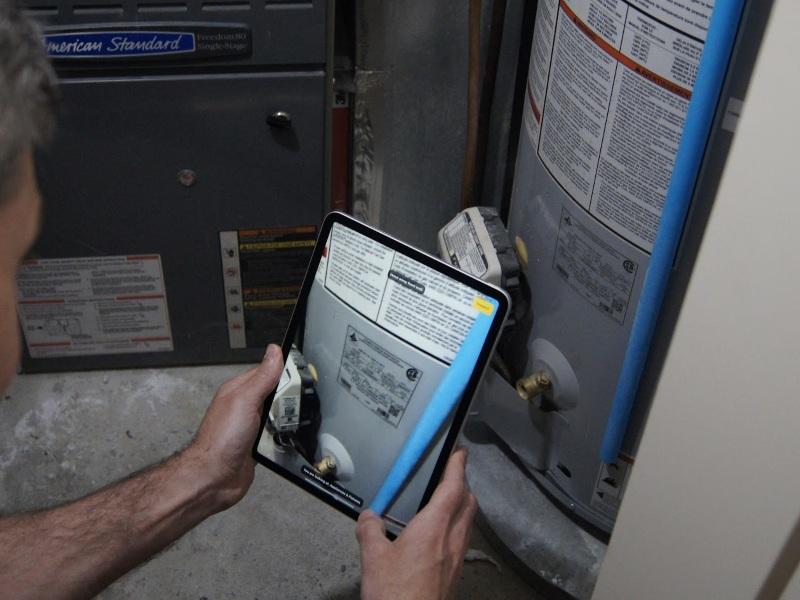
An under-construction industrial building in Cambridge, Ont. will be the first of its kind in the province to be certified under version 3 of the Canada Green Building Council's Zero Carbon Building Design standard, according to one of its investors.
The Eagle Street Industrial Park, a 158,000-square-foot facility, is slated to feature efficient heat pumps designed for cold climates, electric vehicle charging stations, and use low-carbon steel and concrete for construction. It is also being prepared to have a solar roof down the road.
“Even though (we) could have just stuck with the status quo and just built to a traditional commercial-industrial standard, (we) decided to be outliers in the space and really try to push the frontier of zero-carbon,” Michael R. Hilson, the vice-president of investments for Toronto-based Crillion Investment Corporation, told Sustainable Biz Canada in an interview.
Crillion, a private family-owned office, is one of five private equity investors in the limited partnership that co-owns the property, and holds one of two major equity positions.
Located on a 29.7-acre property with two existing buildings, Eagle Street is intended to be a fixture of Crillion’s portfolio and a trailblazer in the industrial sector.
Exceeding the status quo
Of the partners involved in the project, Crillon, founded by Hilson’s father Mark, is the most involved in the daily operations and construction of Eagle Park. Described as a new venture for the company, it is Crillion’s first and only construction project, he explained.
The site was acquired in 2018. The location is three minutes from Highway 401 and was acquired at an attractive price, Hilson said, making it a “no brainer” for investment.
Sustainability is rarely central for property investors, Hilson said: “A lot of people simply don’t care. It’s not front of mind for them. They’re fixated on profits and are very short-term oriented.”
But Crillion and Eagle Park’s investors are of a different mindset, he continued. Building to green standards is where the industry is headed, and the backers of the project saw an opportunity to match their money with their values. There is a 20 per cent premium to meet zero-carbon, but he hopes it will pay dividends.
“There’s a risk at being at the forefront of change. For a lot of guys, it’s easier to go with the status quo, it’s cheaper, less risky. However, for us, we’re interested in owning and operating this property forever. We have zero interest in selling the property.”
A pleasant surprise Hilson saw in the investor meetings was people in their late 50s and 60s discussing how to achieve zero-carbon standards. Despite his assumption that executives who are more advanced in their careers would not prioritize environmental features, he saw the opposite.
Construction started in 2024, with the foundations poured, structural steel erected and precast panels set up. The expectation is for the building to be open for leasing by Q2 2025.
How Ontario’s first zero-carbon industrial building is being built
Developing the plan for Eagle Street was an education for Hilson, he said. Conversations were had with geothermal and solar energy providers to understand sustainability.
The final design utilizes air-source heat pumps from Japanese company Daikin that are specialized for cold climates. Almost all of the heating and cooling — 95 per cent year-round — will be provided by the electric equipment, with backup natural gas equipment providing the remainder for extreme weather days. The heat pumps also purify indoor air, further reducing the amount of electricity required.
Such use will be the first in North America, Hilson claimed.
Charging stations will be installed for passenger vehicles and trucks, and engineered thermal brakes will be installed in all the connecting points to keep energy in the building.
To address the carbon from building materials and satisfy the requirements of the Zero Carbon Building Design standard, the steel and concrete for Eagle Park will be from recycled sources. The concrete, for example, will include material recovered from demolished buildings. The steel will be from Cooksville Steel, and the concrete from Heidelberg Materials.
By using recycled materials, embodied carbon will be reduced by over 30 per cent, Hilson said.
Eagle Park will be fitted out to host a solar roof in the next five to 10 years, which would not only completely energize the building but also provide power to the local electrical grid.
Overall, the aim is to slash greenhouse gas emissions intensity by 82 per cent and cut electricity consumption by 27 per cent compared to an average industrial building.
By taking such action, the property can be leased to a high-end multinational manufacturer that has strong sustainability credentials, Hilson said.
Crillion is seeking more land for an industrial property that can attain the more ambitious version 4 of Zero Carbon Building Design by 2026 to 2027, and to retrofit an industrial property to zero carbon.
“We really have no interest in sticking to the status quo.”










